How User Journeys Can Reignite Better Business
How User Journeys Can Reignite Better Business
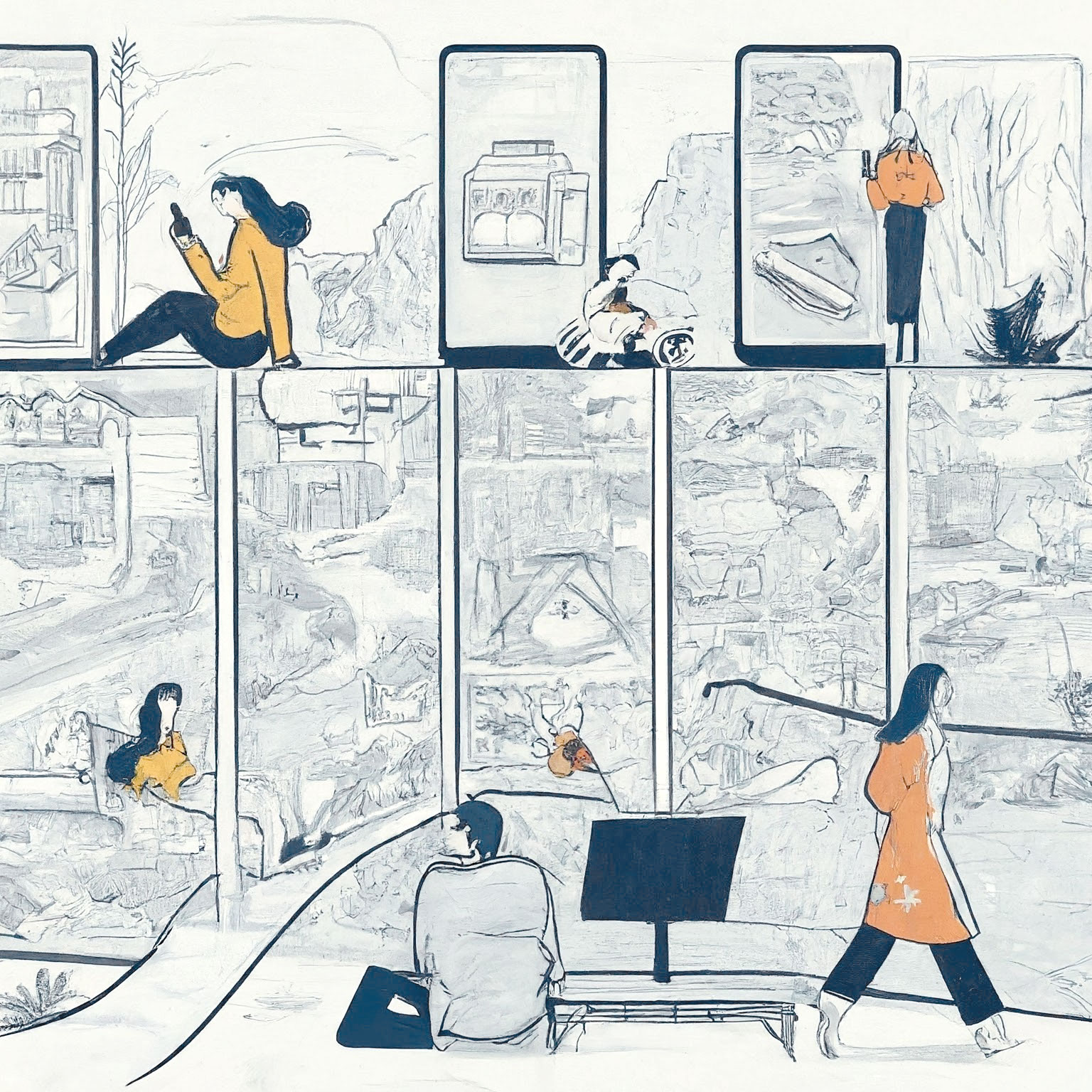
How can businesses thrive to produce “aha” solutions that meet the needs of today’s changing landscape? We believe that humans are still the conductors of our ecosystem and that a better picture of how people behave, use, and feel within a business service experience aids in achieving the futures we want.
In the practice of user experience, one of the staple methods to evolve understanding is through the creation of user journeys. Simply put, the user journey is a story. It helps explain the important situations and actions users have to take to achieve their goals, tasks, and desires. The user journey demonstrates a path forward for businesses to get unstuck when solving problems through a human-centric lens. It does this by focusing on the most important ingredient, human needs and future desires.
What Makes Up a User Journey?
A user journey is constructed as a visual map of a person’s experience over time, demonstrating their many actions, goals, pain points, emotions, and steps it takes to complete their jobs. This map allows us to see a diverse set of connections and disconnections over time. What’s intrinsic to the journey is that it’s grounded in user data that comes from user research: user interviews, focus groups, surveys, mobile diaries, or other methods. Typically, these are done with the help of design researchers who work actively with users to obtain this information. The data is then visualized to create compelling illustrations that audiences can relate to and engage with.
There are many uses for user journeys, such as getting a current state analysis or using key insights to create a future state vision. After creating dozens of these information landscapes for clients, we’ve always seen companies more engaged with how stakeholders connect with their users’ mindsets once they have gone through the journey development process. Journeys provide a rich set of stimuli for audiences to have productive conversations on what may need to change to improve service interactions.
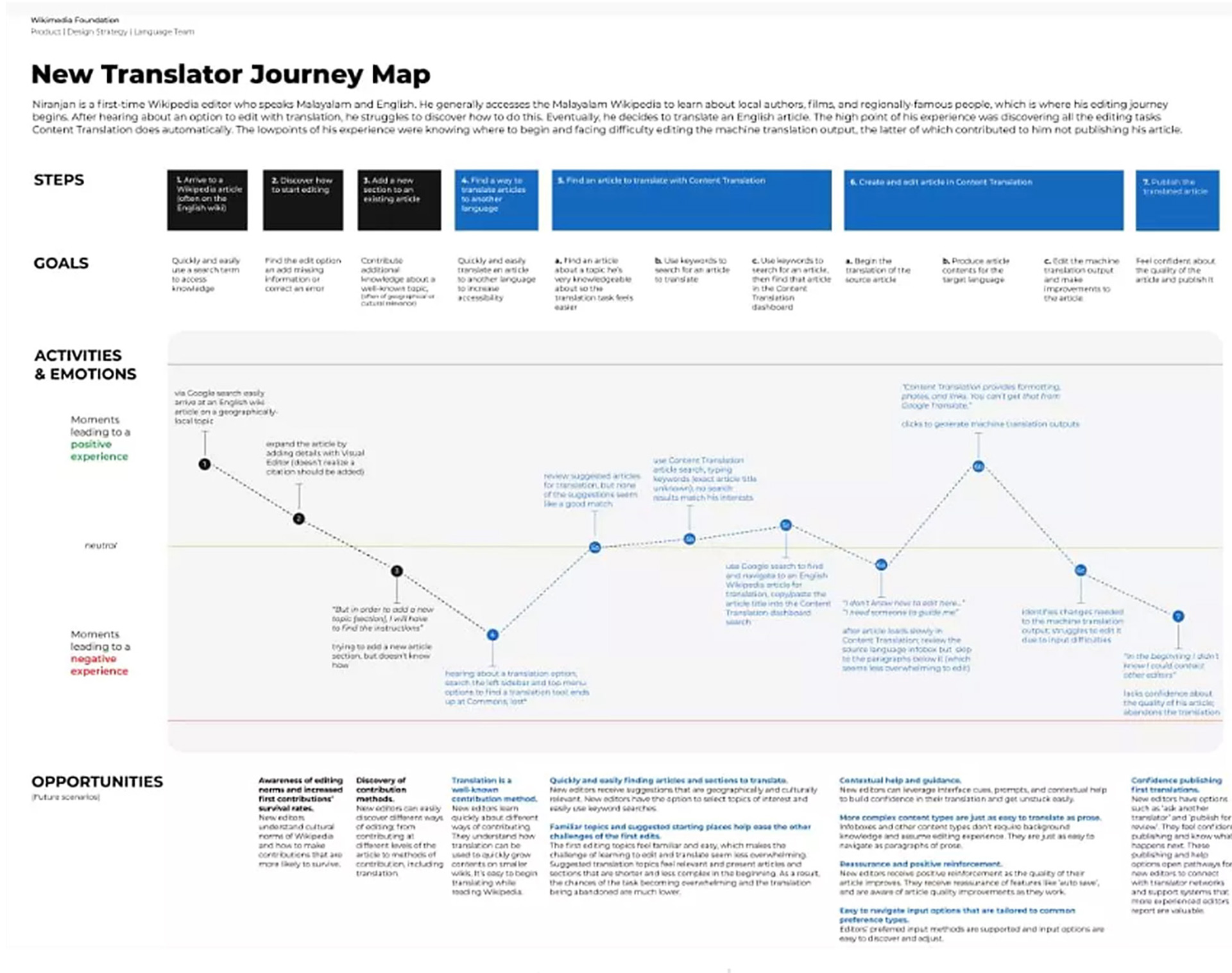
The Business Benefits of a User Journey
There are five reasons to use the user journey within business processes.
- Empathy for Customers: Journeys help businesses gain an empathetic mindset. It puts stakeholders in the shoes of users and creates moments of suspended disbelief within a story. This way of thinking allows us to imagine how things might be different if we were to take other actions. It also allows us to realize the frequency of pain and ways we might alleviate it to create new forms of customer satisfaction and value.
- Clearer understanding of steps, interactions, and the mental models: Journeys aid in filling in the detailed blanks. In sum, it tells how things really get done from the user’s point of view. In design thinking, we see this as pivoting the business mental model to think of the experience from the “user’s” desired perspective and not how the business thinks the user is moving through the experience. Through the human lens, journeys gain credibility by being fact-based.
- Identifying pain points and opportunities: Journeys illustrate where the emotion curve or story arc rises and falls. It points to lengths of pain to find clues on what might make customers more happy. Sometimes, pain results as a consequence of a broken service experience, a feasibility issue, or just a misunderstanding that a product feature does not provide value at that moment. Here, we can identify critical mismatches in the experience.
- Identifying larger breakdowns in a service experience: Related to the above, the user journey helps us see even deeper breakdowns in service when we introduce other layers or swim lanes of information in the diagram, such as back-office interactions and underlying processes. These types of journeys are often referred to as service blueprints. A great way to think about a deep service breakdown is as a crack in the bottom of a ship. It may potentially be invisible, but it is critical to fix. It may not be something we detect right away, but over time, we know it will have devastating effects.
- Shared understanding and shared vision: Journeys help business teams get a shared understanding of problems by having conversations around the journey map within a workshop. Many times, the journey can be printed as a poster and put on a wall if working in a physical environment. In remote work, it’s beneficial to use a tool like Miro or Mural to create a larger digital whiteboard and invite participants to view and comment. With shared understanding, workshop development, and ideation, teams can even create a successful future state journey that encapsulates a shared future vision. This process has a unifying impact and can lead to breakthroughs in how work gets done.
Different types of User Journeys
Within certain businesses, researchers and designers can create different variations of the journey depending on what kind of information they need to show. Below, we discuss several types of journeys to consider.
- Customer Experience Map: At the highest level, a customer journey map explains how a person may encounter a broad set of experiences in their day while undergoing an array of tasks and activities. We would argue that an insightful customer journey map demonstrates both the external actions (outside of the user’s world) and internal actions that users have with a business service. The reason might be to identify white spaces of opportunity and identify ways solutions can adapt to meet the changing needs of users.
- Future State Journey Map: This type of future map is created once a set of business stakeholders have identified a series of pain points or opportunities. The future state journey takes these and transforms them into a new set of ideas to visualize new scenarios and future state outcomes. Future state maps can involve stitching together concept cards, sketches, and even larger storyboards. These future maps are powerful when created together, as they unite teams around a shared vision.
- Non-linear Journey Map: In cases that are more complex and do not have a starting or ending point for users, non-linear maps can provide a more powerful view into understanding learning loops, arcs, and the terrain of the user’s experience. The concept of non-linear journeys is breaking down the constituent parts of the experience into ways that users can take a diverse set of actions and pathways to achieve a new desired state.
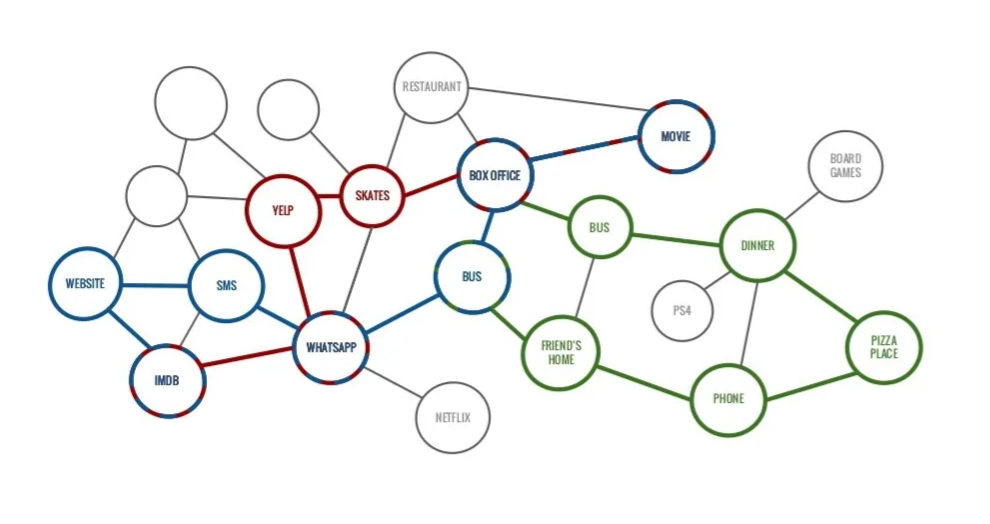
- Service Design Blueprint: When businesses want to explore more than just the customer experience, the service design blueprint can be used to create a deeper view by providing visibility into many aspects of the back office interactions, processes, technology, policies, and even the culture of an organization. These are critical to understand when larger enterprises want to create change because it may involve re-establishing how the organization was formed. Companies can create innovation using service blueprints by transforming back-end processes into front-office consumer experiences. Examples of this are digital self-checkout stations at supermarkets or mobile apps to manage Uber transactions. These classical touch points were once a back-end process not available to consumers but are now brought to the foreground by new technology.
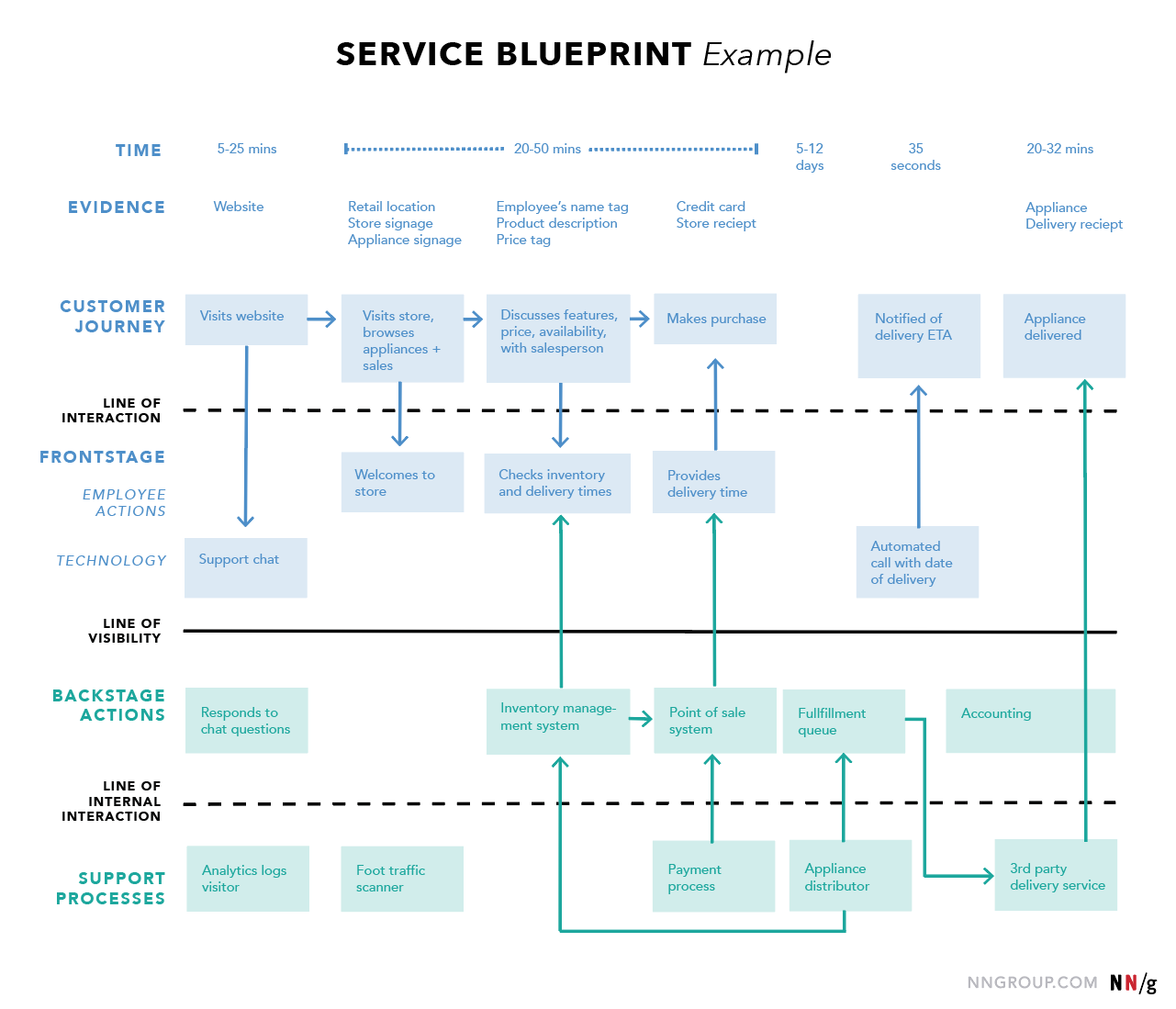
Best Ways to Create Journey Maps
- Study and understand users: When building a current state journey, it’s recommended to gather information and insights from actual users. This provides an accurate understanding of the service and increases awareness of how interactions and user behavior are carried out. It helps define truth. You should clearly define the user persona and scenario being taken on in order to set the context. Using user data helps break away from business assumptions of the team and paves the way for user empathy.
- Decide on levels of zoom: As we’ve discussed different types, it’s important to choose a journey that best suits the situation and problem you are trying to solve. For instance, if you are trying to investigate broader discovery from the perspective of the user, the end-to-end customer journey might be preferable to illustrate all of the various external touchpoints, pain points, emotional curves, and goals. However, if you are looking for a more specific subset journey, such as from a product’s perspective (i.e., a digital checkout process, a mobile app, etc.), story mapping might be a better approach to mapping features to steps of users in order to meet the end goals of the user base.
- Visualize the journey (as a sequence): If you are creating a more simplistic journey map, it may seem obvious, but creating an illustrated journey is often very helpful as it provides details to the story. Including elements of the story’s emotional curve or story arc, left-to-right mapping, arrows, and an avatar to allow people to immerse in the experience effectively.
- Visualize Loops: In the creation of non-linear user journeys, think of these as emergent building blocks, such as the skills needed to learn to play basketball. First, you learn how to grip the ball in the right way. Then you learn how to dribble. Then pass. Later, you might learn how to run with the ball. Then shoot. These are all contained sequences or loops that users need to master in order to be carried through the larger story arc. Stephen Anderson discusses this further this presentation.
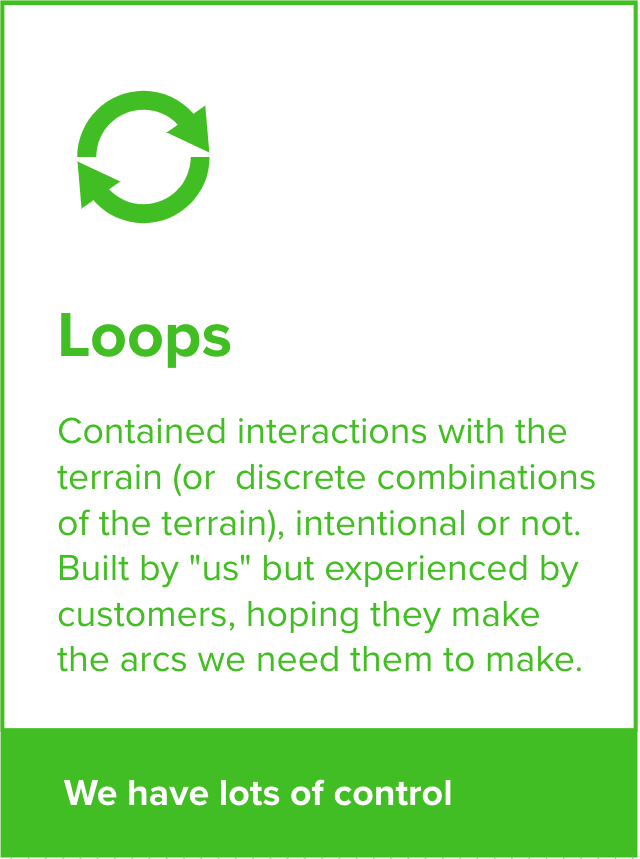
Ensure to map key elements of the experience: It may depend on the type of map you are creating, but more often than not, it’s important to include the basic key ingredients to describe your journey.
- User Persona: the type of behavioral persona
- User goals: what they are trying to achieve
- User emotions: how they are feeling
- User Pain Points: how and where they feel the most pain
- Opportunities: what can be done to improve
- User Touchpoints: What places, products, and tools are being used?
Create accountability for the journey: The work doesn’t end after you’ve created your journey. In fact, it’s more likely just begun. Take time to decide what you’re going to do with this new tool and answer some key questions.
- How will this journey be used?
- Who will be responsible for maintaining the journey?
- What initiatives should this journey tie to and help achieve?
- How will the journey integrate into the ways of working with the company?
- What new opportunities does the team want to pursue based on the journey?
- What might be required for us to build in order to change the user’s future state journey?
- How are we integrating the journey into our future strategy?
- What other areas of the journey do we need to learn more about?
Ways to Expand Journeys Using Generative AI
We are now evolving from manual ways of conducting research into more dynamic ways of obtaining information, such as through the use of generative AI. GenAI offers a suite of possibilities to get more data about users quickly and to allow us to imagine differently. We see this as a new frontier for how journeys might play out in the future.
Text-To-Image Visualization
In creating visual storyboards or future state maps, we can iterate on text-to-image ways to demonstrate the journey steps for users. This method using GenAI helps us create a deeper sense of empathy at a lower cost by illustrating actions. Some might argue we are stealing artist genres by using them to represent new scenarios for our selfish purposes. Nonetheless, images still create deeper connections toward the intended communication and concepts.
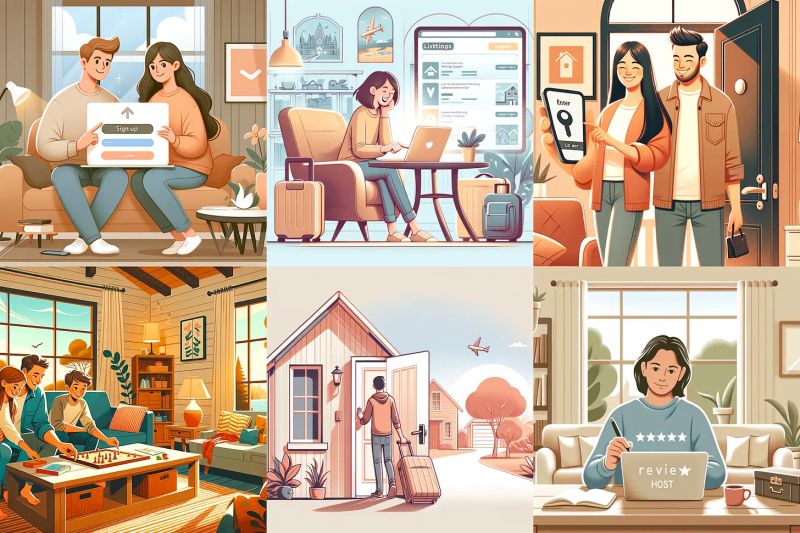
Day-In-The-Life-Stories
Another method that is useful is asking Chat GPT to write a day-in-the-life story of a particular user you are trying to investigate. Although the exact facts presented may be questionable and AI-biased (another reason why you still need to use real users), the process of creating the story is interesting because it allows us to investigate areas we’ve not thought to probe. Let’s look at an example with Perplexity for a user persona of Sarah, VP of Learning, below.
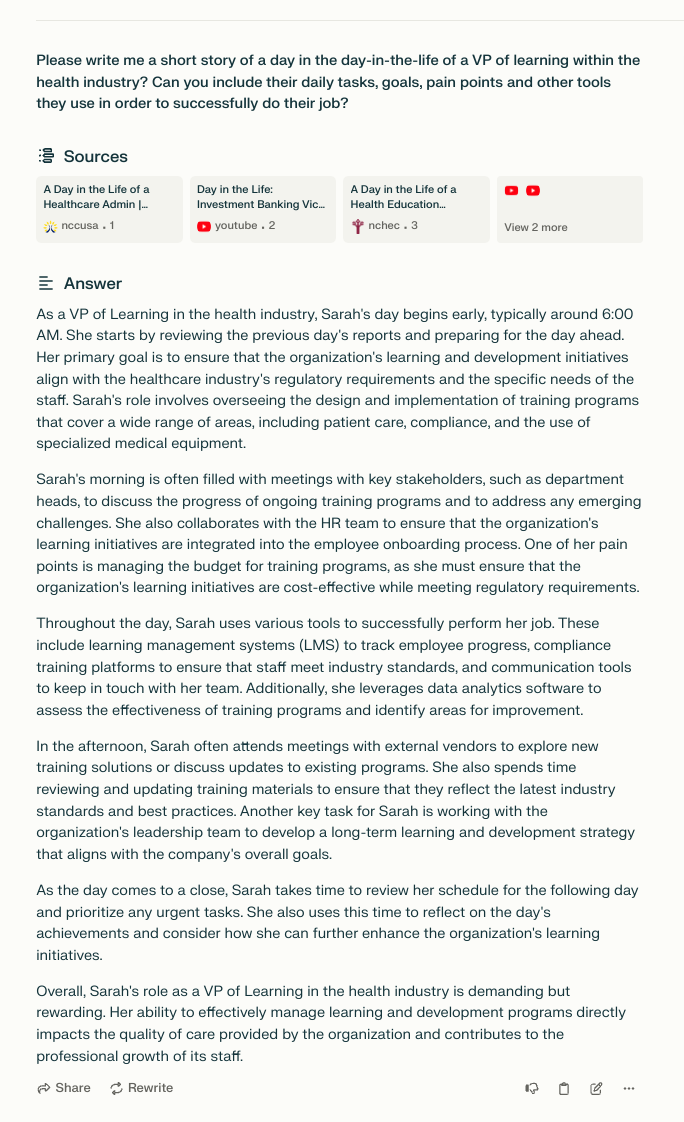
The idea above is not to copy and paste the information written into a user journey but rather to extract important discoveries and reinvestigate them with real human research. This VP of Learning story can provide a basis for better questions with real users. For example, we might ask, “What might be 10 additional actions Sarah can take to track employee progress in her LMS?” Another way to view this is, is as a day-in-the-life or preliminary learning loop: we initially learn about Sarah, form understanding, and seek to ask better questions with each new probing of the story. Over time, we learn how to create better questions. From those questions, we build a set of prompts to ask again for future purposes in research.
Idea Generation
Generative AI now has a powerful ability to help us imagine new ideas within the combinations of new data sets. With AI, we can effectively generate better journey solutions than just doing this as humans alone. Here is a recent example of how Stable Diffusion generated several ideas for crab toys. After seeing these prompts, the human ideation team was asked to create functional ideas from the toys based on the output of AI images. Some novel ideas imagined were a wall-climbing crab, a shooting ball crab, and a crab feeder.
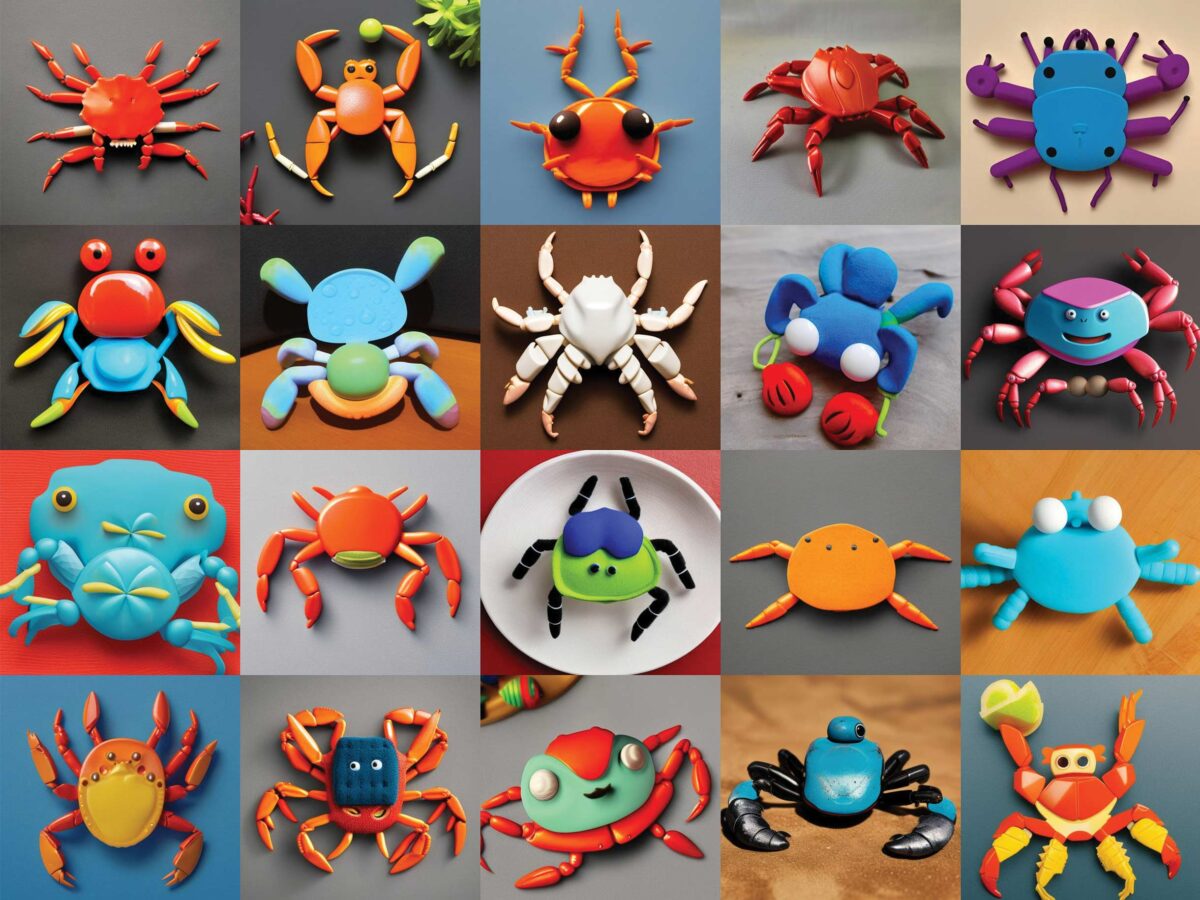
Conclusion
The future is quickly evolving in user journey development, especially with the recent integration of new tools such as GenAI. As businesses seek to understand more about digital services, users, and data, we still believe oversight and human intervention with new tools are needed, combined with degrees of skepticism about disruptive technology.
As an upside, it is now easier to create newer possibilities of understanding than we’ve once imagined. In the future, we see user journeys continuing to be more multi-modal with the introduction of video, animation, and other types of simulations of data.
